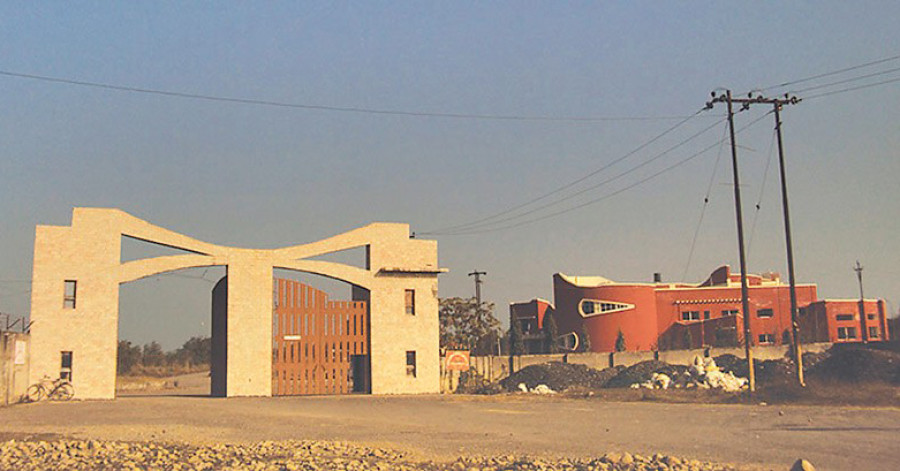Editorial
Space for hire
The special economic zones have failed to attract tenants.
Nepal’s businesses have long suffered from a shortage of skilled and unskilled human resources amid high unemployment and mass migration for jobs abroad. As a corollary, industrial output has consistently remained below par, and businesses have struggled to meet demand and provide quality services. Perhaps keeping this situation in mind, the government on its part had allocated a huge chunk of the budget for special economic zones in the past five years, but little of it has been spent. In the last fiscal year, only Rs720 million out of the Rs1.38 billion set aside for special economic zones was spent.
Special economic zones (SEZs) are geographically demarcated areas within which the government facilitates industrial activity through fiscal and regulatory incentives and infrastructure support. The government had planned to build at least one industrial estate in each of the seven provinces in the country. These zones were developed to increase exports to minimise the trade deficit; but so far, they remain an isolated area. Creating SEZs are an investment in industrial infrastructure. What’s more, SEZs help facilitate foreign investment, integrate local firms into global value chains, promote export-oriented growth and generate employment. Given, it is imperative the government give it some serious thought.
The government is continuing its plan to create more special economic zones in Jumla, Panchkhal, Gorkha, Dhangadhi and Biratnagar. But the existing special economic zone in Simara is having a hard time finding tenants. The government must remember why it wanted to create SEZs in the first place—to provide incentives like inexpensive land and uninterrupted supply of electricity to industrialists so that industries can prosper.
It was a heavy industrialisation strategy that helped our neighbours India and China transform their economies. Not just the neighbouring countries, industrialisation was rightly seen as the main engine of growth and development for many countries around the globe, and there is no reason why Nepal should be an exception. Industrialisation is also an important avenue towards absorbing the labour force—something that Nepal desperately needs to end its reliance on remittance.
Along with industrialisation, the government must formulate a good human resource strategy, for it is not just key to organisational and business success, but is equally instrumental in driving national development and improving the living conditions of the population. For Nepal, the population dividend is on its side. The issue is about tapping the potential in a way that contributes to national development. The job market is constantly in flux, so the skill sets of workers need to be in sync with changing occupational structures.
To overcome this situation, the government must introduce bylaws that supplement the Special Economic Zone Act 2016. It must also provide land at a cheaper rate and subsidise electricity should it want to attract more investors.
***
What do you think?
Dear reader, we’d like to hear from you. We regularly publish letters to the editor on contemporary issues or direct responses to something the Post has recently published. Please send your letters to [email protected] with "Letter to the Editor" in the subject line. Please include your name, location, and a contact address so one of our editors can reach out to you.




 13.12°C Kathmandu
13.12°C Kathmandu














